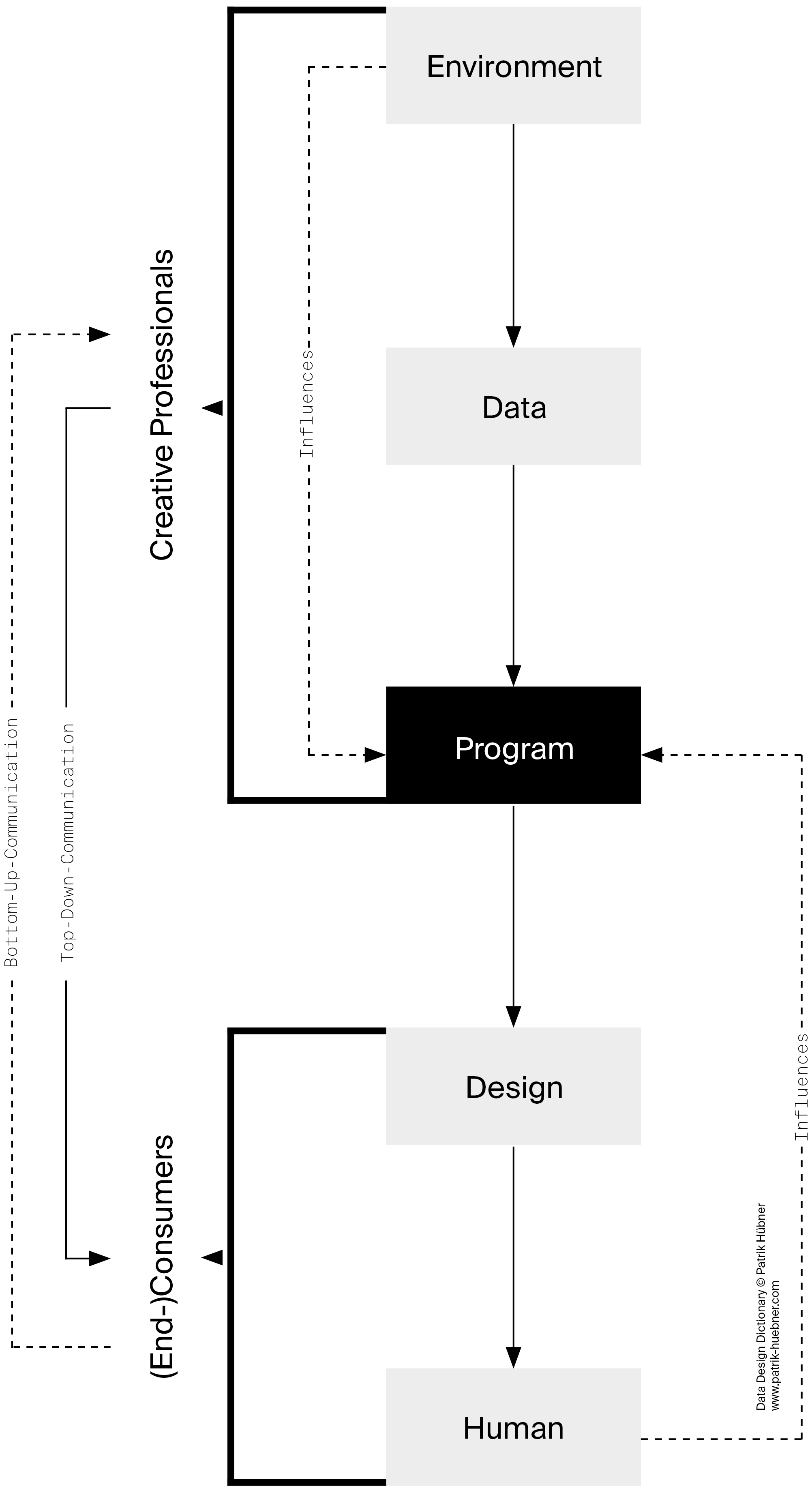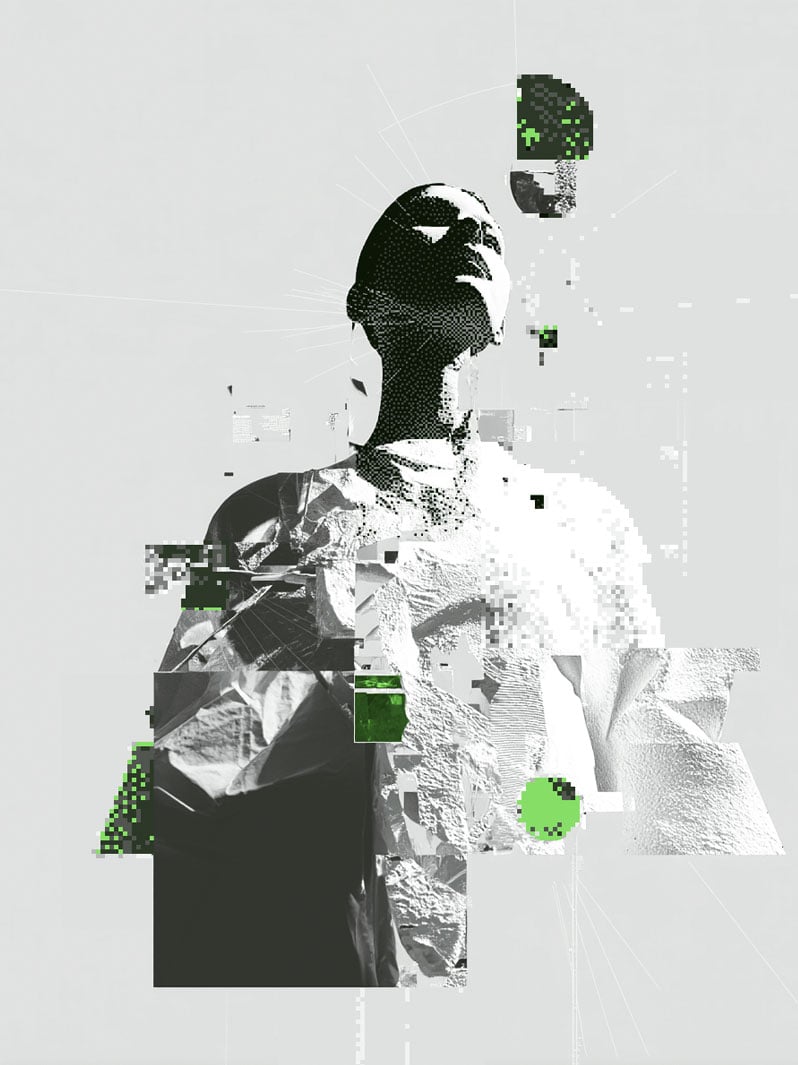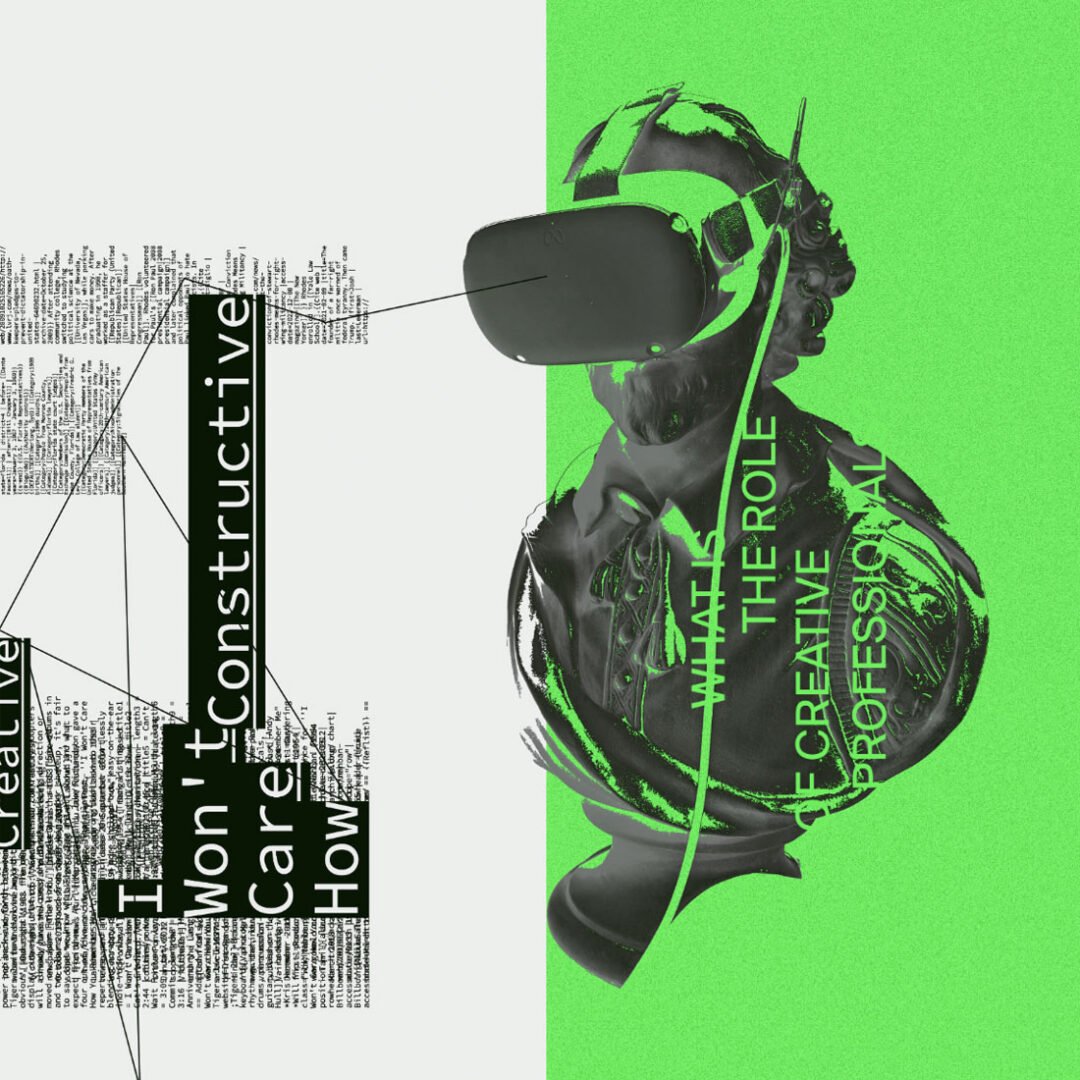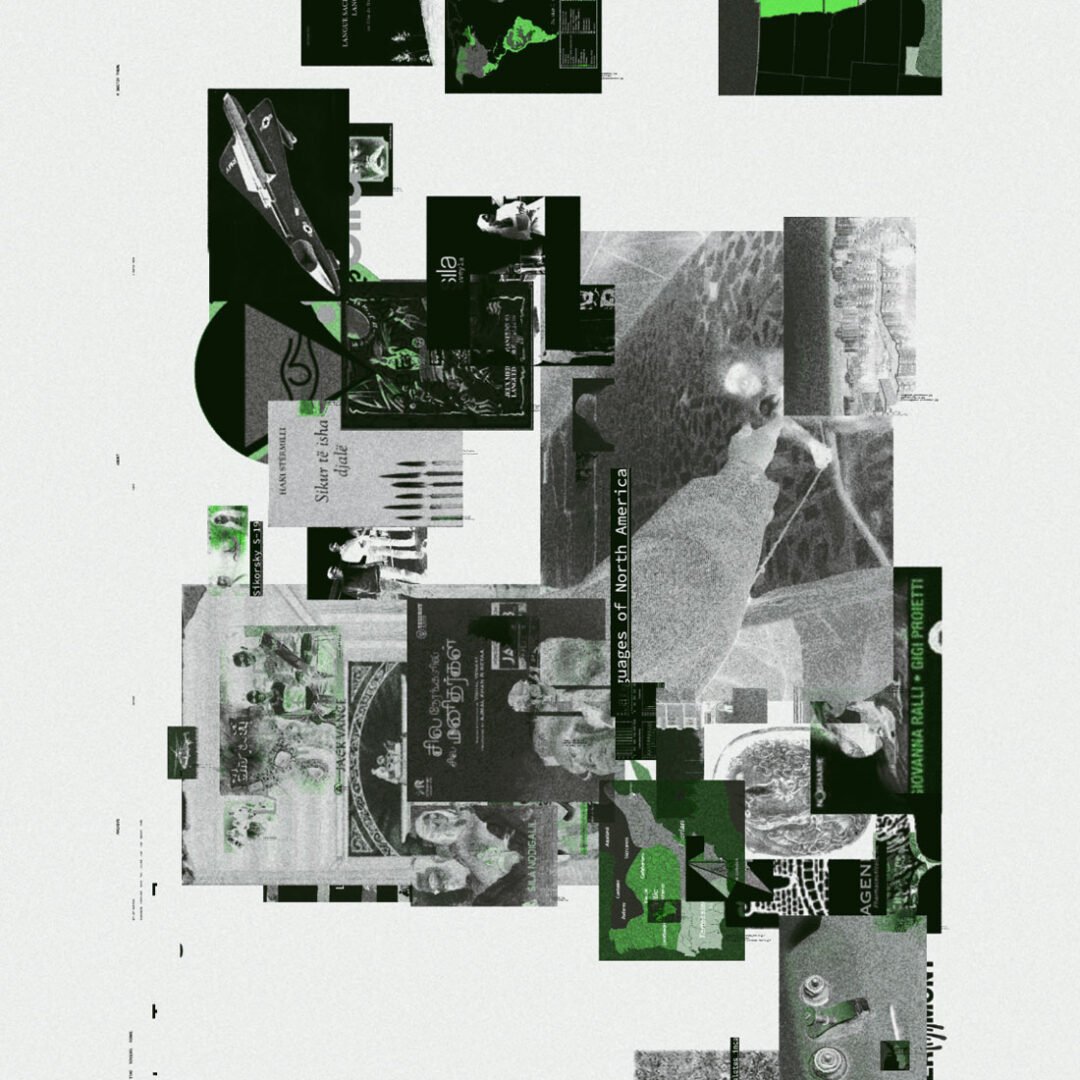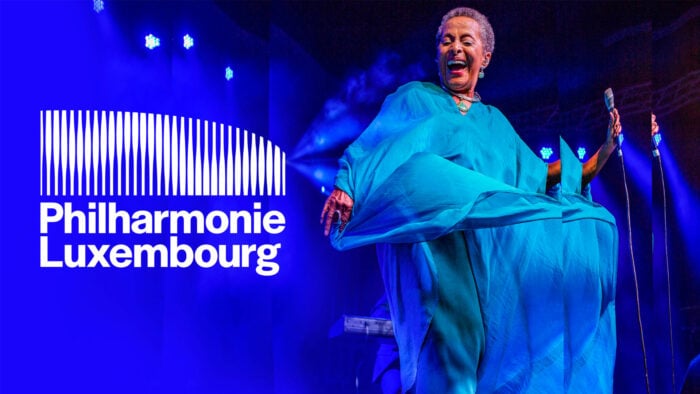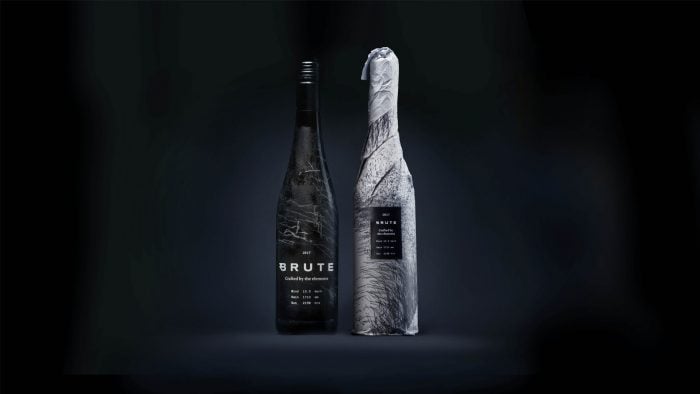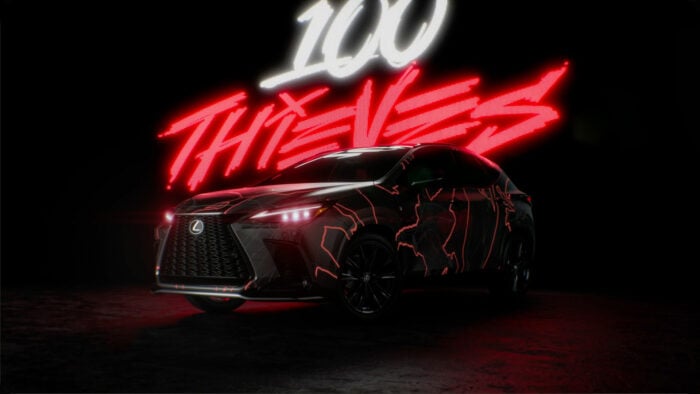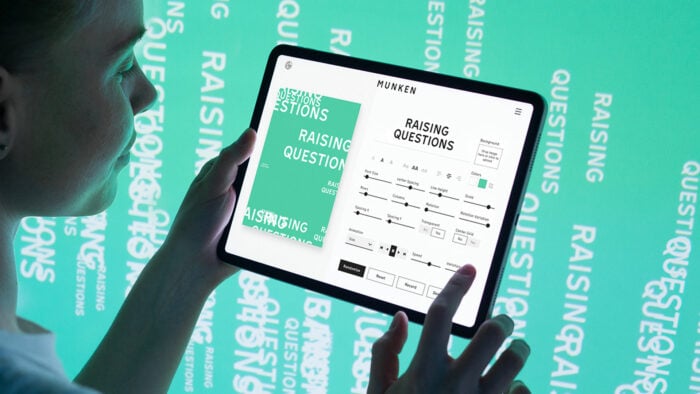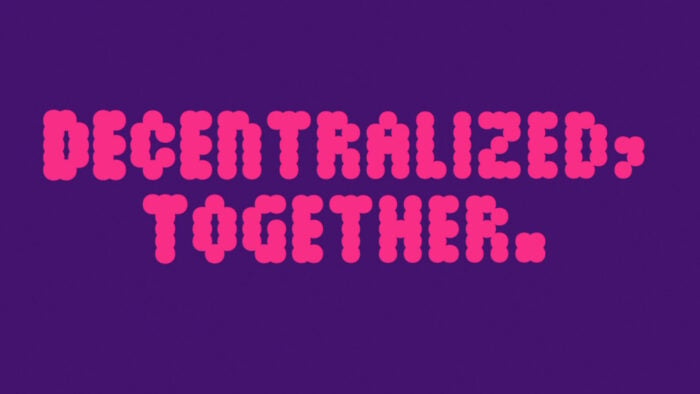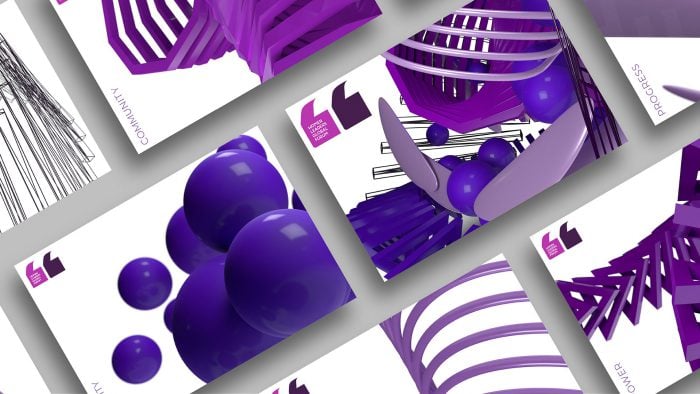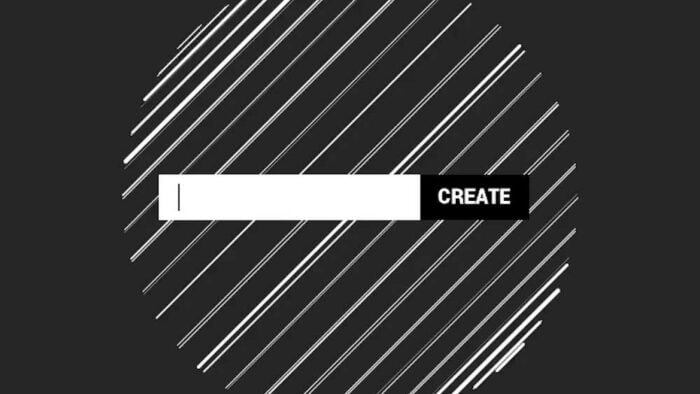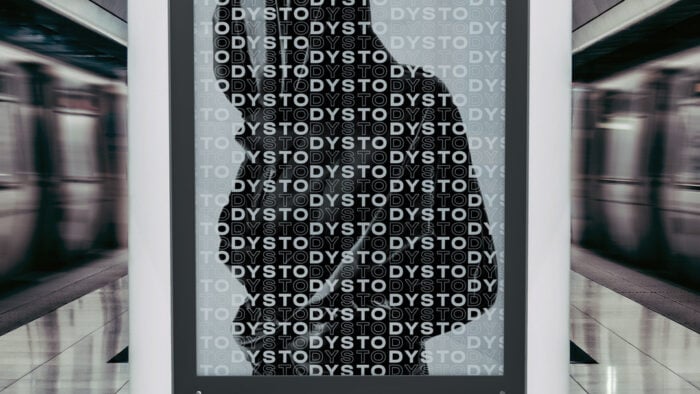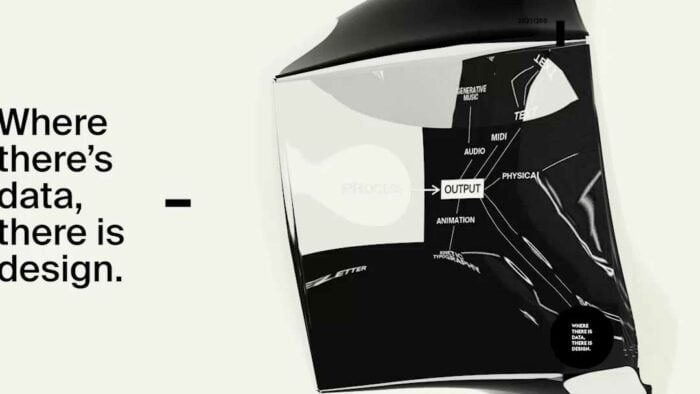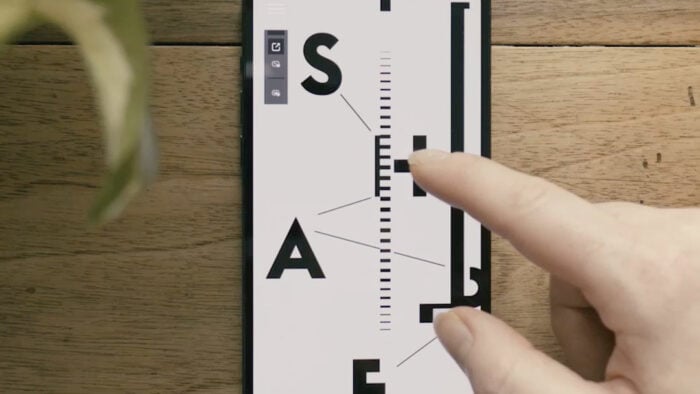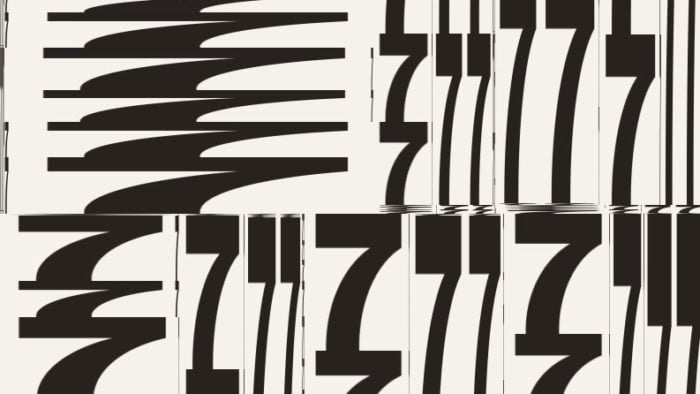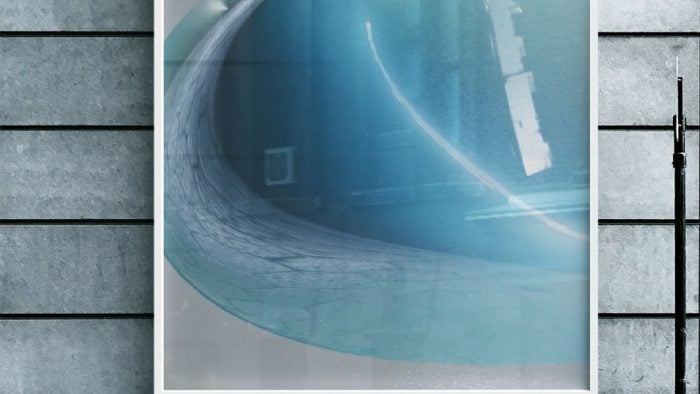What is Programmed Design?
Data-Design Dictionary
A dictionary to illuminate data-driven generative design and creative coding.
In the context of data-driven generative design, programmed design is considered a method of communication design that enables the generation of symbols and elements for communicative needs through the use of rules. It enables modern forms of creative expression and communication that result from the fusion of data, storytelling, programming, interaction, and form. The path from creative intention to specific form is via the program – simply put a set of rules that can generate any number of objects from the systemic platonic idea via a fixed number of decisions and interactions of inputs. The degree of freedom that the program can develop is set by human intention, creativity and competence. The final generated visual designs are the end result of a goal-oriented co-creation process between man and machine.
Hover over elements to learn more. Click-and-drag elements to move them around.
Programmed Design works best when creatives attempt to see the bigger picture, as utilizing the broader context and having a holistic understanding of situations enables new forms of storytelling and visual communication. This expansive viewpoint is centered around the concept of designing with data. In generative design, data-driven algorithms play a pivotal role in steering design decisions. Within the realm of computational thinking, the idea of the Input – Program – Output pattern highlights the fundamental flow of generative design. This flow requires designers to find and express rules which steer and propell the generative design process in order to apply them in a goal-oriented manner. This way of thinking leads to the separation of the creative act from the human being by transferring it to the machine. “Instead of solutions for programs, programs for solutions.“[1] (Karl Gerstner)
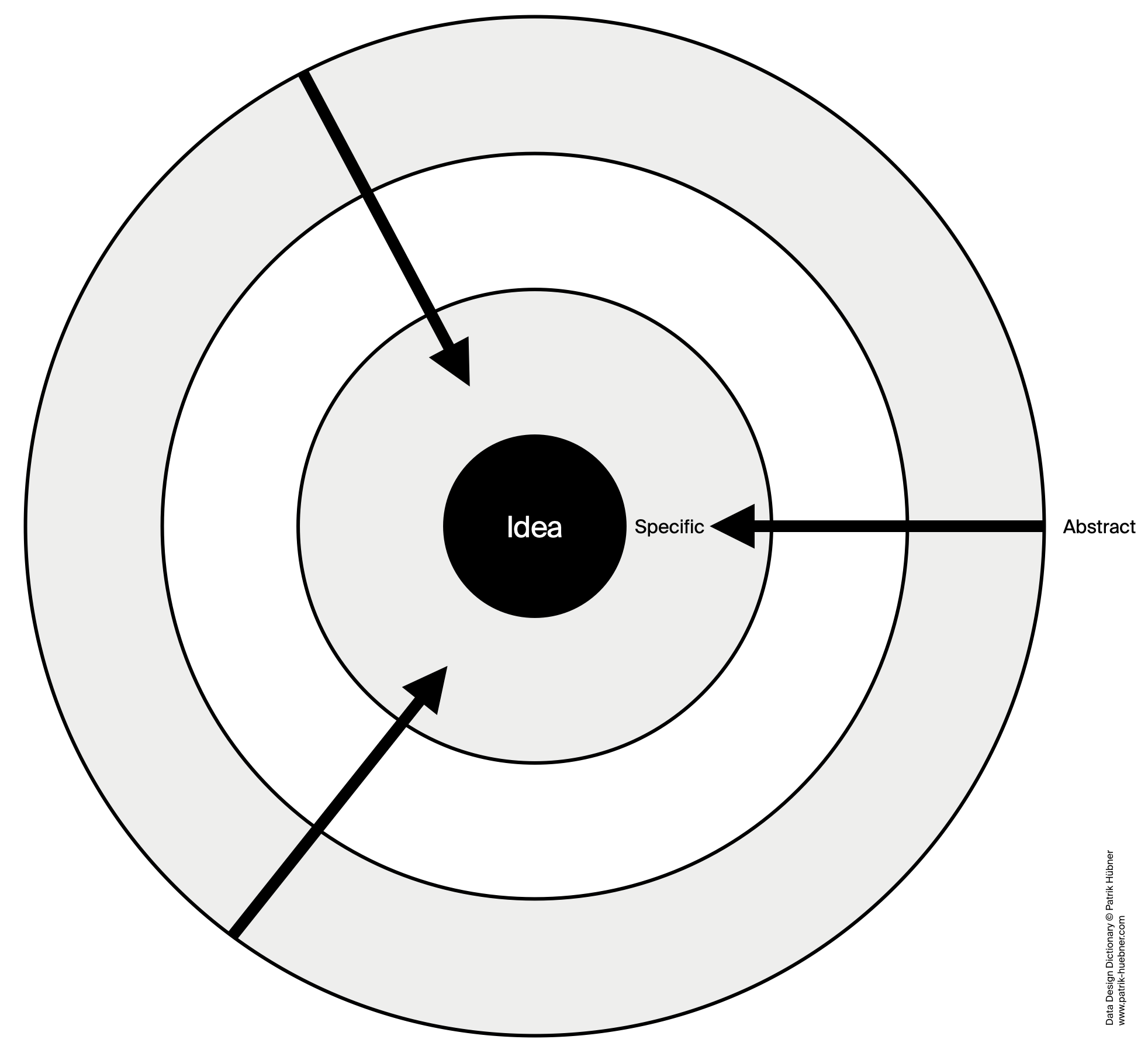
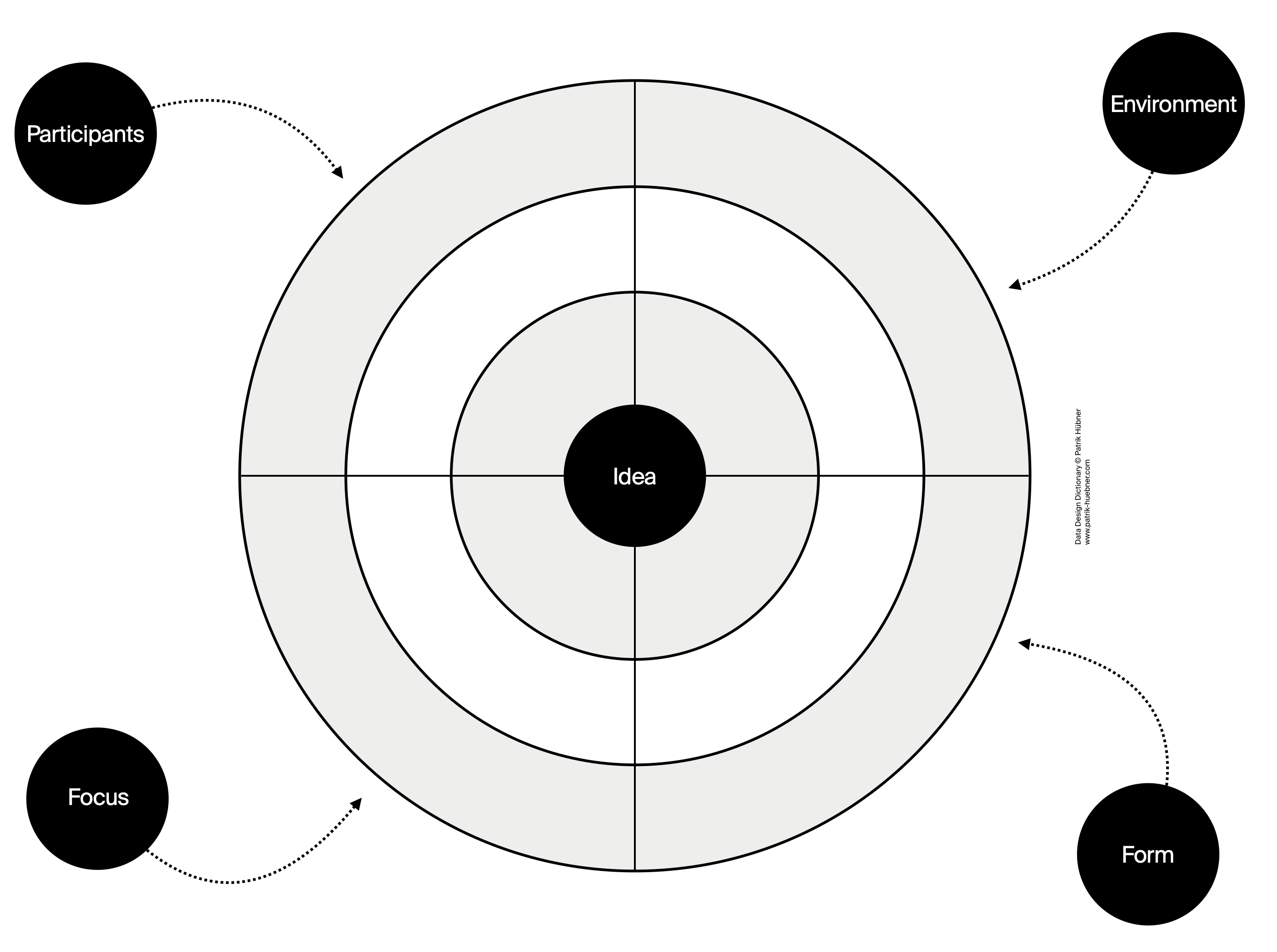
Above: A model for approaching an idea by examining relevant thematic clusters.
Above: Each cluster opens up a perspective on the topic. Each cluster should be adequately represented in the resulting idea.
Programmed design opens up numerous other ways in which communication can take shape, in addition to familiar formats such as print or animations on screens – enabling, among a multitude of expressions, the concept of dynamic brand identities. Through these multimedia possibilities, programmed design can be used to develop campaigns whose dynamic and flexible brand elements respond in real time to people, machines and the environment, and would be inconceivable without this approach.
